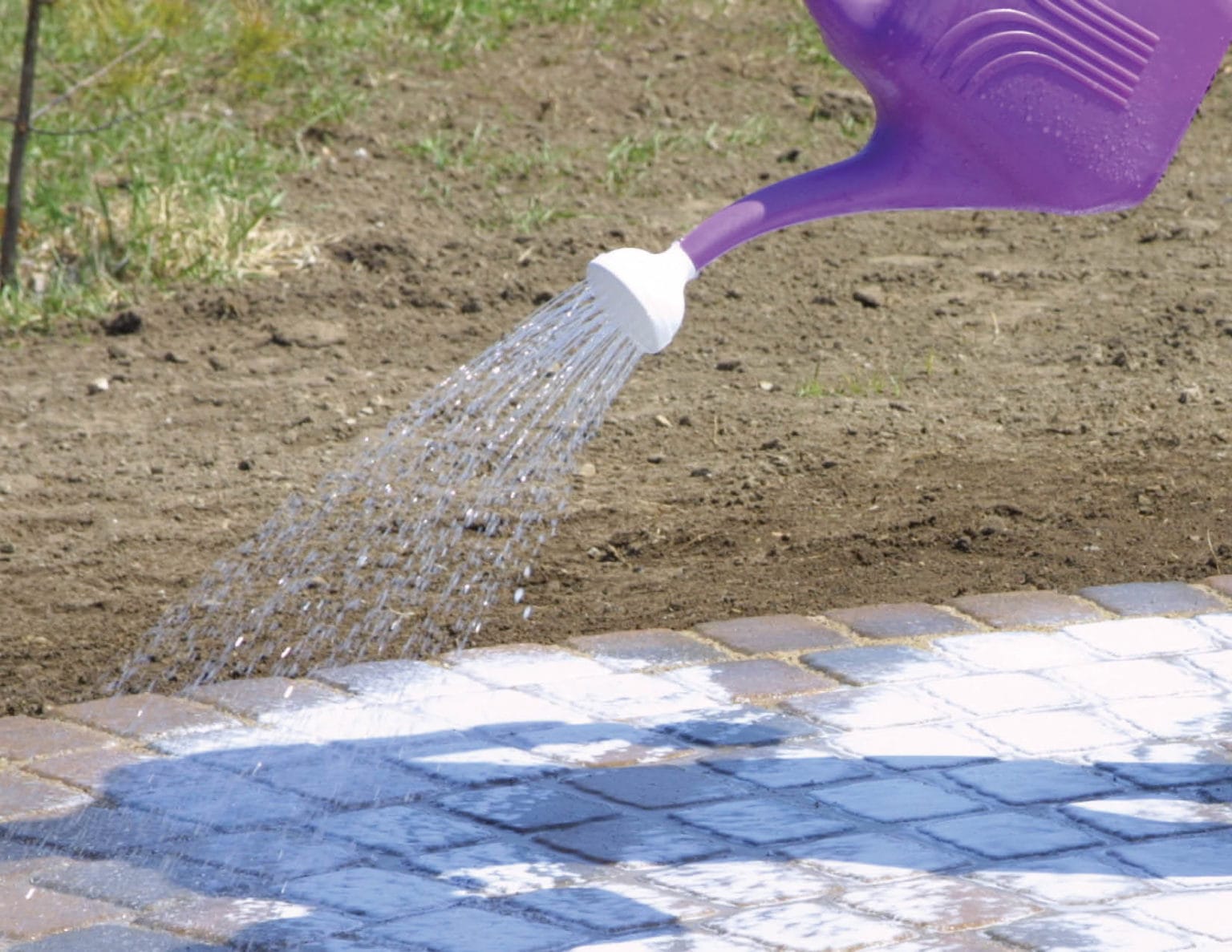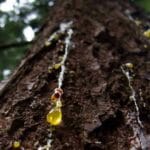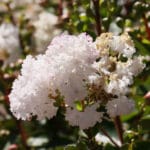Erase unsightly efflorescence and restore surface beauty with proven removal methods and top-rated cleaners. That unsightly white, chalky film creeping across your brick, concrete, or stone surfaces? It’s called efflorescence, and while not typically a structural issue, it’s definitely an eyesore. This comprehensive guide will show you how to identify, remove, and prevent efflorescence, keeping your surfaces looking their best.
Understanding the White Menace: What is Efflorescence?
Efflorescence is a crystalline deposit of salts, often appearing as a white, powdery substance on porous building materials like brick, concrete, stone, and even grout. It’s a common problem, especially in areas with high humidity or fluctuating temperatures. Think of it as your house “sweating” salt. Water seeps into these porous materials, dissolving naturally occurring salts. As the water evaporates, it brings these salts to the surface, leaving that telltale white residue.
Decoding the Causes: Why Does Efflorescence Appear?
Moisture is the primary culprit. Leaky pipes, poor drainage, excessive rain, or even rising damp can all contribute to efflorescence. Using de-icing salts in the winter can exacerbate the problem by introducing more salts into the environment. Understanding the source of the moisture is crucial for long-term prevention. If you’re seeing efflorescence, it might be a sign of a larger moisture problem that needs addressing.
Identifying the Culprit: Types of Efflorescence
Just like there are different types of stains, there are different types of efflorescence. Primary efflorescence happens during construction as moisture within new building materials dries out. Secondary efflorescence appears later due to external water sources. Knowing which type you’re dealing with can help pinpoint the source of the moisture and inform your removal strategy.
Battling the White Bloom: Efflorescence Removal Methods
Now for the main event: how to get rid of that pesky white film. From simple DIY solutions to professional-grade cleaners, there’s a method for every situation.
1. Dry Brushing: A Gentle Start
For a light dusting of efflorescence, a stiff-bristled brush (like a wire brush for brick, but be gentle!) can work wonders. This physically removes surface salts. Think of it like sweeping dust bunnies—simple, quick, and often effective for minor cases. This also preps the surface if you need to use a wet cleaning method.
2. Water Washing: A Light Rinse
A gentle rinse with a garden hose (low pressure!) can sometimes wash away light efflorescence. Avoid power washing initially, as the high pressure can drive salts deeper into the material, worsening the problem. This method is best for durable surfaces like brick and concrete; avoid it on porous materials.
3. Vinegar Solution: The Natural Approach
A mild vinegar solution can be surprisingly effective against some types of efflorescence. Mix equal parts white vinegar and water, and apply with a sponge or cloth. Always test in an inconspicuous area first, as vinegar can etch some materials, especially natural stone. This is a great natural solution for mild cases.
4. Commercial Efflorescence Removers: Targeted Solutions
For more stubborn efflorescence, commercial cleaners offer targeted solutions. Brands like GLEAN, FILA (specifically FILA DETERDEK PRO), Everbuild Salt Away, Aqua Mix EFF-EX, and various Stonecare solutions are popular choices. Always follow product instructions carefully.
Here’s a quick comparison:
| Product | Pros | Cons | Best For |
|---|---|---|---|
| FILA DETERDEK PRO | Effective on a variety of materials, biodegradable | Can be pricier than other options | Heavy, widespread efflorescence |
| Aqua Mix EFF-EX | Powerful cleaner, works well on vertical surfaces | Strong odor, needs thorough rinsing | Stubborn, concentrated deposits |
| Everbuild Salt Away | Prevents and removes, good value | May need multiple applications for severe cases | Recurring or persistent efflorescence |
| GLEAN | Often praised for effectiveness on various surfaces | Can be more expensive than other options | General efflorescence |
5. Muriatic Acid (Hydrochloric Acid): The Last Resort (Professional Use Recommended)
Muriatic acid (hydrochloric acid) is a powerful option for severe efflorescence. However, it’s highly corrosive and should be handled with extreme caution, preferably by professionals. If you must use it yourself, wear proper safety gear (gloves, eye protection, respirator) and dilute according to product instructions. Work in a well-ventilated area.
6. Power Washing/Sandblasting: For Extreme Cases (Professional Use Recommended)
For extremely stubborn efflorescence, power washing or sandblasting may be necessary, but these methods can damage surfaces if not done correctly. It’s best to consult a professional for these methods. They have the experience and equipment to do the job safely and effectively.
“There are lots of products out there that claim to be the best brick cleaner for efflorescence – but which ones work best? … We’ve used [Resiblock Er and another unnamed product] extensively and can testify that they work and do the job with excellent results.” – North East Paving and Gardens
This quote highlights the value of professional experience when choosing and applying efflorescence removers.
Nipping it in the Bud: Preventing Efflorescence
Preventing efflorescence is often easier than removing it. Here are some key preventative measures:
1. Drainage is Key
Ensure proper drainage around your property. Water should flow away from structures. Proper grading, gutters, and downspouts are essential.
2. Seal It Up
Applying a high-quality waterproofing sealer to brick, concrete, or other surfaces creates a barrier against moisture penetration. Think of it as a raincoat for your house.
3. Choose Wisely
When building or renovating, select building materials with low soluble salt content. This requires some research but can save you headaches down the road.
4. Proper Curing
Allow sufficient curing time for concrete and other materials to thoroughly dry before sealing or exposure to the elements. This can minimize primary efflorescence.
5. Store Materials Properly
If you’re storing bricks, concrete blocks, or other masonry materials, keep them dry and elevated off the ground.
Additional Tips & Considerations
- Identify the Source: Before treating efflorescence, try to identify the source of the moisture. This will help prevent recurrence.
- Test Before You Treat: Always test cleaning solutions in an inconspicuous area before applying them to the entire surface.
- Safety First: When using any chemical cleaner, wear appropriate safety gear and follow product instructions carefully.
- Professional Help: For severe or recurring efflorescence, consult a professional cleaner.
By understanding the causes and using the appropriate removal and prevention techniques, you can conquer efflorescence and keep your surfaces looking their best. Remember, a little preventative maintenance can go a long way in avoiding this pesky problem. Are those pesky little bugs also driving you crazy? Learn how to eradicate them with our guide on fungus gnats hydrogen peroxide. And if your car parked under the wrong tree, discover the secrets to how to remove tree sap from car without damaging paint.
- Red Cloud, NE: Discover Willa Cather’s Legacy - April 11, 2025
- Remember Old Social Media Sites? Their Rise and Fall - April 11, 2025
- How many days till Feb 3?Accurate Countdowns & Tools - April 11, 2025















